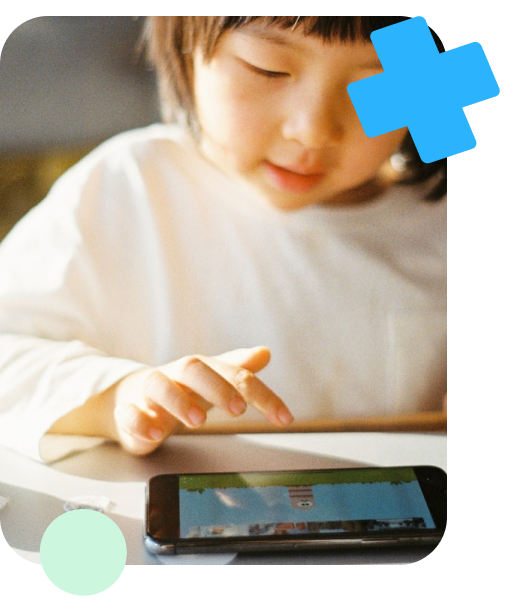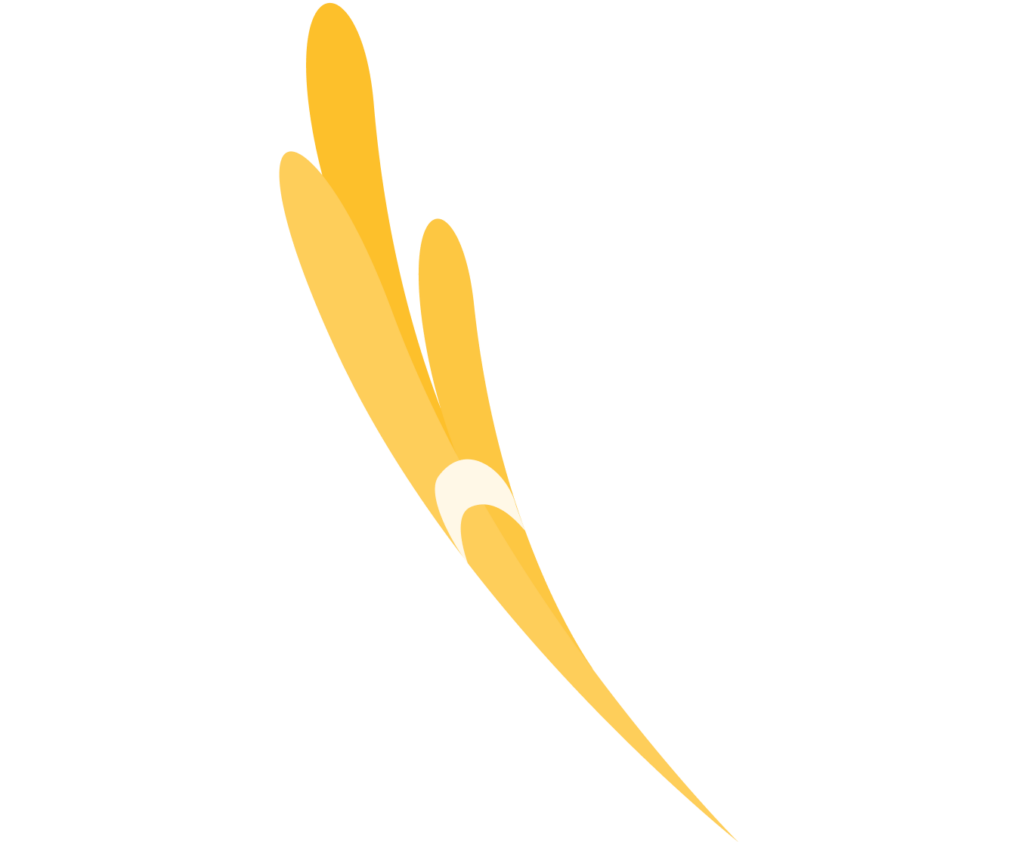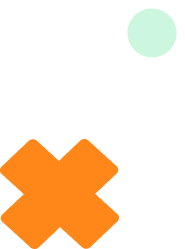Did you know whenever we want to count the same number multiple times quickly, we can multiply? For that reason, multiplication is often referred to as the speedy form of addition. We multiply when counting groups of items, finding the area of different shapes, and calculating money. This makes multiplying a principal skill to learn in maths and one we want to master!

Practising to become a skilled multiplier can be fun with DoodleLearning! Begin by choosing a topic about multiplication. You will discover many multiplication practice problems and learn some of the best multiplication tips and tricks from some of the very best teachers and tutors.
Learn the basic parts of a multiplication problem and how to find the product.
Learn the features of a multiplication chart and tips and tricks on how to use it to find the product.
Practise the steps to multiplying two and three-digit numbers by long multiplication.
Learn how to multiply fractions with our step-by-step tips and practice questions
Explore the steps to using the distributive property of multiplication.
Practise the identity property of multiplication & discover how it helps you solve problems!
Understand the properties of multiplication to complete any problem.
Learn how to use an area model to complete multiplication problems.
Learn the basic parts of a multiplication problem and how to find the product.
Learn how to use a multiplication chart including how to use it to find the product.
Practise the steps to multiplying two and three-digit numbers by long multiplication.
Explore the steps to using the distributive property of multiplication.
Practise the identity property of multiplication & discover how it can help you solve problems!
Understand the properties of multiplication to complete any problem.
Learn how to use an area model to complete complex multiplication problems.
Multiplication is an operation, or action, in maths that allows you to quickly count a number many times. For example, if you wanted to count the number 9 eight times, you can simply multiply 9 times 8 which equals 72.
Multiplication is also considered a shortened form of addition. For example, instead of adding 2 + 2 + 2 + 2 + 2, we can simply multiply 2 x 5 to find the answer quickly. Two is the number we are multiplying and five would be the number of times we multiply it by. What are the names of those numbers when written in a multiplication sentence?
It is very important to know the maths vocabulary terms used in a multiplication sentence to solve multiplication word problems.
There are three main parts of a multiplication problem. They are called the multiplicand, the multiplier, and the product.
In the multiplication sentence 12 x 4 = 48, the number 12 would be the multiplicand. The number 4 is the multiplier and the number 48 is the product or answer.
We use multiplication almost every day whether we realise we are using it or not. Most times we do it in our heads to calculate the price of many items, to calculate the amount of time it takes to do a repetitive task each week, when we calculate the size of our garden or the area of a room, when we double the size of a recipe, or even calculate the amount of money we make in a month.
Anytime we take a number and count it many times over, we can multiply it to find the total instead of adding. How grateful we are that we have the ability to multiply. Could you imagine doing 10 x 30 just by adding? It would take a lot of brain power! Multiplying makes things easy.
You may be wondering, when should I start practising multiplication with my child? Although certain multiplication maths concepts are taught in different year groups, there is no limit to when your child can begin practising their multiplication. If they are ready, the earlier they begin practising the better!
The best way to supplement your child’s learning is through online maths worksheets, maths games, and quizzes. This exposes your child to a variety of multiplication practice problems they will see in KS2. Check out the best maths app for primary students to see the many resources it has for students and parents to practise and monitor maths skills.
Multiplication in maths is the way you count the same number many times quickly. That is why you will often hear multiplication called ‘times’ or ‘times tables’.
The multiplicand is the number that is being multiplied or times. It usually is the first number in a multiplication sentence. For example, in the multiplication sentence 14 x 10 = 140, the number 14 is the multiplicand.
The multiplier is the number of times the multiplicand is being times by. It is usually the second number after the multiplication symbol. For example, in the multiplication sentence 4 x 15 = 60, 15 is the multiplier because it is the number of times we will count by the number 4.


Parents, sign up for a DoodleMaths subscription and see your child become a maths wizard!

Book a chat with our team
If you’d like to use Doodle’s browser version, please visit this page on a desktop.
To log in to Doodle on this device, you can do so through our apps. You can find out how to download them here: